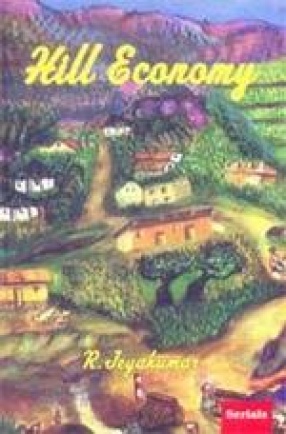Hill Economy
Synopsis
Mountain areas over significant part of the earth. About 10 per cent of the world's population lives in the mountains. Mountains produce water, energy, minerals, forest and agricultural products and are areas of recreation. They also store the biological diversity necessary for the sustainability of human life. The people, who invalidated the Palamathi hill village, were the migrants from the surrounding places located in Tamil Nadu, Karnataka and Andhra Pradesh. What is their socio-economic condition? Though they are living in the hills, they are not treated as tribal. The special privileges, enjoyed by the tribals, are denied to them. The facilities available in the hill villages are far from adequate compared to the plain. Then, why these people continue to stay in the hill? What are the development programs implemented in the villages? How far the people have derived benefit from these programs? The present study is directed towards the above issues. The major findings of the study are quite revealing. The inhabitants, migrated from various places in plains, continue to live at the hill because of their love of nature in spite of various hardships. The higher income group enjoys better social status in terms of literacy and housing. The low economic condition of the poor households could be attributed to lack of assets, low wages, unemployment and debt. Majority of low-income group of people found to be living in poverty. The development programs had touched only a small group of people. The impact of the development programs on the inhabitants has not been effective because the change in occupation has been very low. The high degree of awareness about the resources at the hill is a positive aspect to be preserved and promoted. It ipso factor reveals that the inhabitants have identified with the nature. Some of the recommendations like promotion of tourism in palamathi hills, implementing minimum wages to workers, distribution of forest land to the landless people, creation of infrastructures like roads, educational facilities, electricity, water, hospital, adequate transport, retail shops etc., would go a long way in mitigating the long pending needs of the nature loving people of this hill.
Read more
19.80
17.82
$
22.00 $
Free delivery Wolrdwidе in 10-18 days
Ships in 1-2 days from New Delhi
Membership for 1 Year $35.00
Get it now and save 10%
Get it now and save 10%
BECOME A MEMBER







Bibliographic information